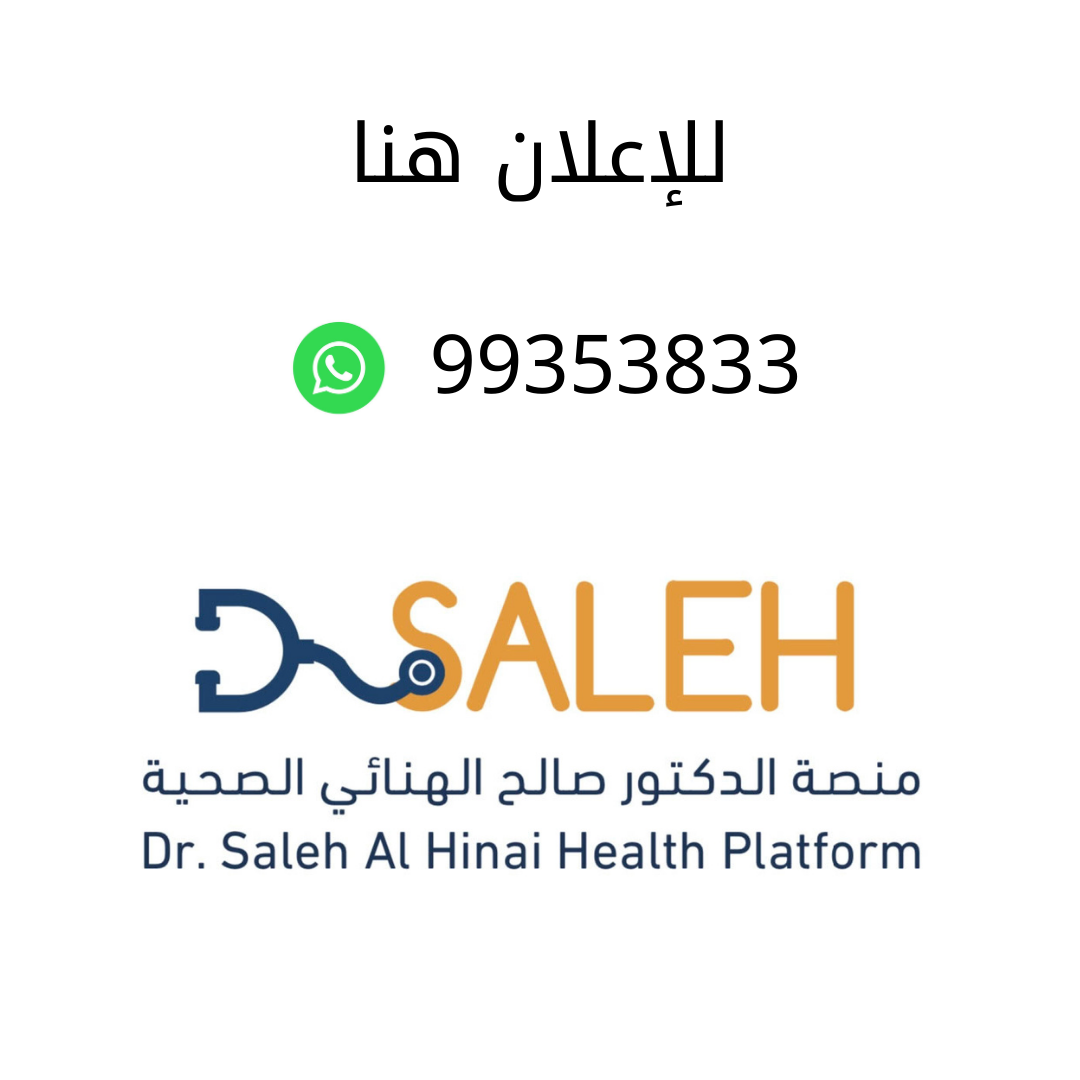First Aid
First aid is the immediate care that you must provide when a person is injured till medical treatment is available. For minor cases, first aid care may be sufficient. For serious problems, first aid care should continue until more advanced care is available.
The decision to act appropriately with first aid can mean the difference between life and death. Begin by introducing yourself to the injured or sick person. Explain that you are a first aid provider and are willing to help. The person must give you permission to help them; Do not touch him until he agrees to help. If you encounter a confused person or someone who is seriously injured or ill, you can assume that they want you to help them. This is known as "implied consent."
The first step in any emergency is to recognize the problem and provide assistance. When in doubt or when someone is seriously injured or ill, you should always activate the emergency response system by calling the ambulance number.
Whether you're at home or at work, know where to keep your first aid kit and be aware of its contents.
After the problem has been identified, the next step in providing assistance is to determine the response of the affected person or patient. The best way to determine this is to touch the person and speak out loud to them: “Are you okay?” After determining the response, look for any medical identification, such as a necklace or bracelet, that might have written something about his illness.
Assessing the safety of the surrounding space is critical when approaching any casualty. You don't want to become someone else infected, so look out for any potential risks. Remove the person from any hazards, such as water at the scene of an accident or vehicular traffic.
It is important to have a well-stocked first aid box in your home, business or car so that you can handle minor accidents and injuries. The first aid kit should be closed and kept in a cool, dry place out of the reach of children
A basic first aid kit contains:
Plasters come in different shapes and sizes
Small, medium and large sterile gauze pads
At least 2 sterile eye pads
Rolled crepe dressings
safety pins
Disposable sterile gloves
tweezers
scissors
Alcohol-free cleaning wipes
Adhesive tape
Thermometer (preferably digital)
rash cream, such as hydrocortisone
Cream or spray to relieve insect bites and stings
antiseptic cream
Pain relievers such as paracetamol or ibuprofen
Eye wash
Distilled water to clean wounds
It may also be helpful to keep a basic first aid manual or instruction booklet in your first aid box. Medicines should be checked regularly to ensure that they are within their expiration dates.
Burns
Is the burn large (greater than 8cm deep) or minor?
Treatment of severe burns until medical help arrives:
Protecting the injured person from further harm
Ensure that the casualty is breathing
-Remove jewelry, belts and other things
Cover the burn area. Use a cold compress
Do not immerse large burns in water
Raise the burn above the level of the heart
Watch for signs of shock, such as fainting, pale skin or shallow breathing.
For minor burns:
Cool the burn by pouring cold water on the burned area or applying a cool, wet compress
-Remove rings or other tight items from the burned area
Do not puncture blisters, protect fluid-filled blisters from infection
Apply a burn cream to the burn
Cover the burn with a sterile gauze pad

